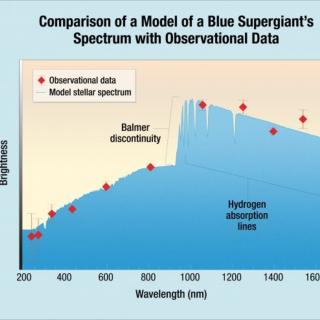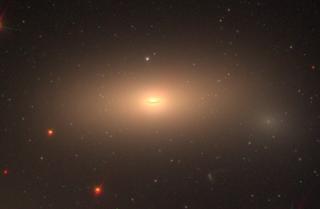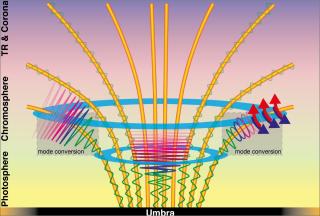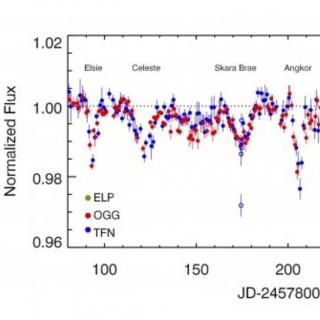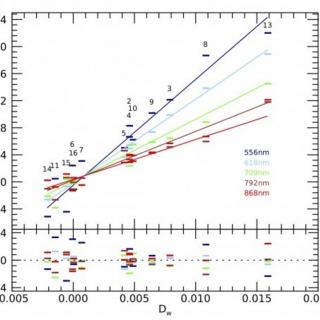
We report ground-based spectrophotometry of KIC 8462852, during its first dimming events since the end of the Kepler mission. The dimmings show a clear colour-signature, and are deeper in visual blue wavelengths than in red ones. The flux loss' wavelength dependency can be described with an Ångström absorption coefficient of 2.19±0.45, which is compatible with absorption by optically thin dust with particle sizes on the order of 0.0015 to 0.15 μm. These particles would be smaller than is required to be resistant against blow-out by radiation pressure when close to the star. During
Advertised on
